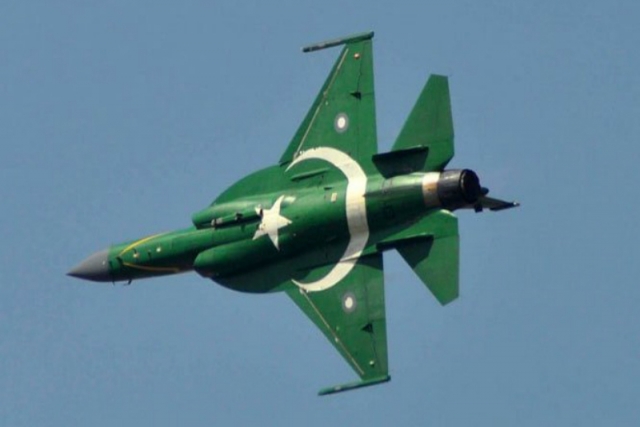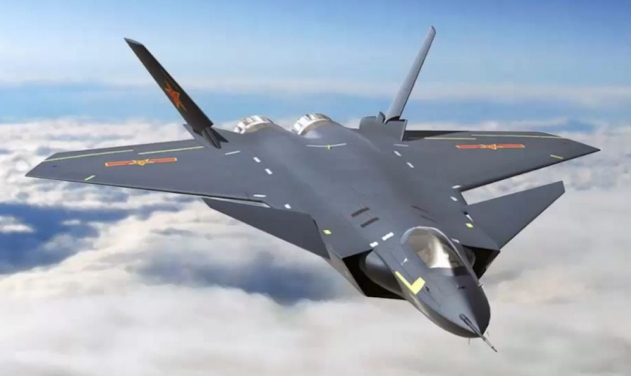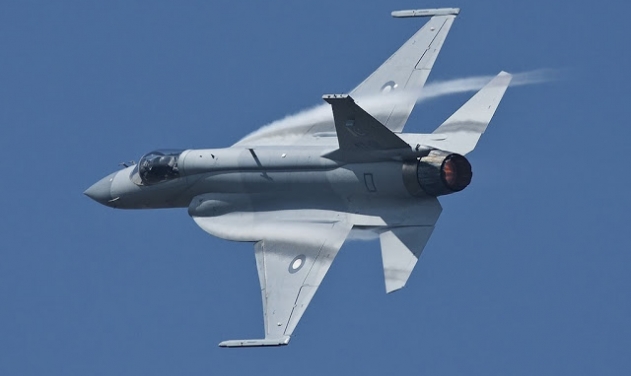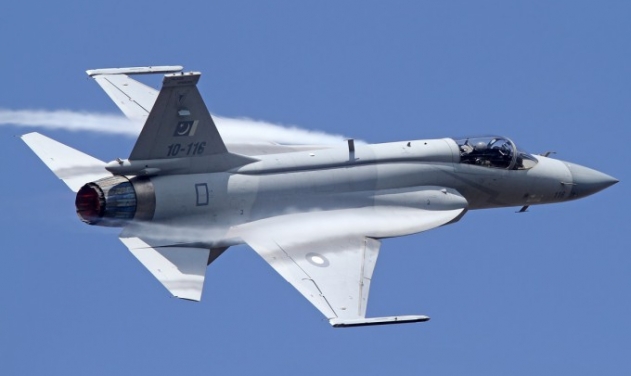Chinese-Pakistani JF-17 Jet Block III Version Makes Maiden Flight

The Block III version of the Chinese-Pakistani JF-17 fighter jet marked its maiden flight in December 2019 in Chengdu, Southwest China's Sichuan Province.
The jet features technologies from China's J-20 stealth fighter jet and upgrades in electronic devices that will significantly increase its combat efficiency. These include a large holographic wide-angle head-up display and integrated cockpit display besides an advanced infrared missile approach warning system used in the J-20 fighter jets, Chinese media reported.
The jet is reported to be equipped with Chinese-made active electronically scanned array (AESA) radar and an upgraded engine which will allow it to see farther, engage some 30 targets simultaneously and be equipped with more ordnance over the JF-17 Block II.
Global Times quoted Wang Ya'nan, chief editor of Aerospace Knowledge magazine as saying, "China has made a large amount of achievements in the development of the likes of the J-10 and J-20, resulting in many mature technologies and equipment… If they can be used on the JF-17, the pilot could enjoy a significant efficiency increase in flying, which will also boost its combat efficiency."
The new additions to the JF-17 can give pilots more situational awareness, allowing them to focus more on combat instead of flying the aircraft, he said.

While the JF-17 Block III prototype did not seem to be equipped with a radar, the Block III production version is a expected to be fitted with an advanced active electronically scanned array radar system, according to the report in Global Times.
The Pakistan Aeronautics Complex (PAC) last week released the first lot of JF-17B (twin seat) jets last week making it the last modification to the Block II version.
The Block III upgrades bring the JF-17 close to the US-made F-16 V version which has notched up sales of over 400 jets in new sales and upgrades from earlier versions. Countries such as Malaysia, Qatar, Myanmar, Sri Lanka and some African nations are reportedly interested in the JF-17 Block III which is expected to cost some 50% less than the F-16V.
It is not clear when the Block III would enter serial production as both PAC and its Chinese partners have not made any production schedule public.













